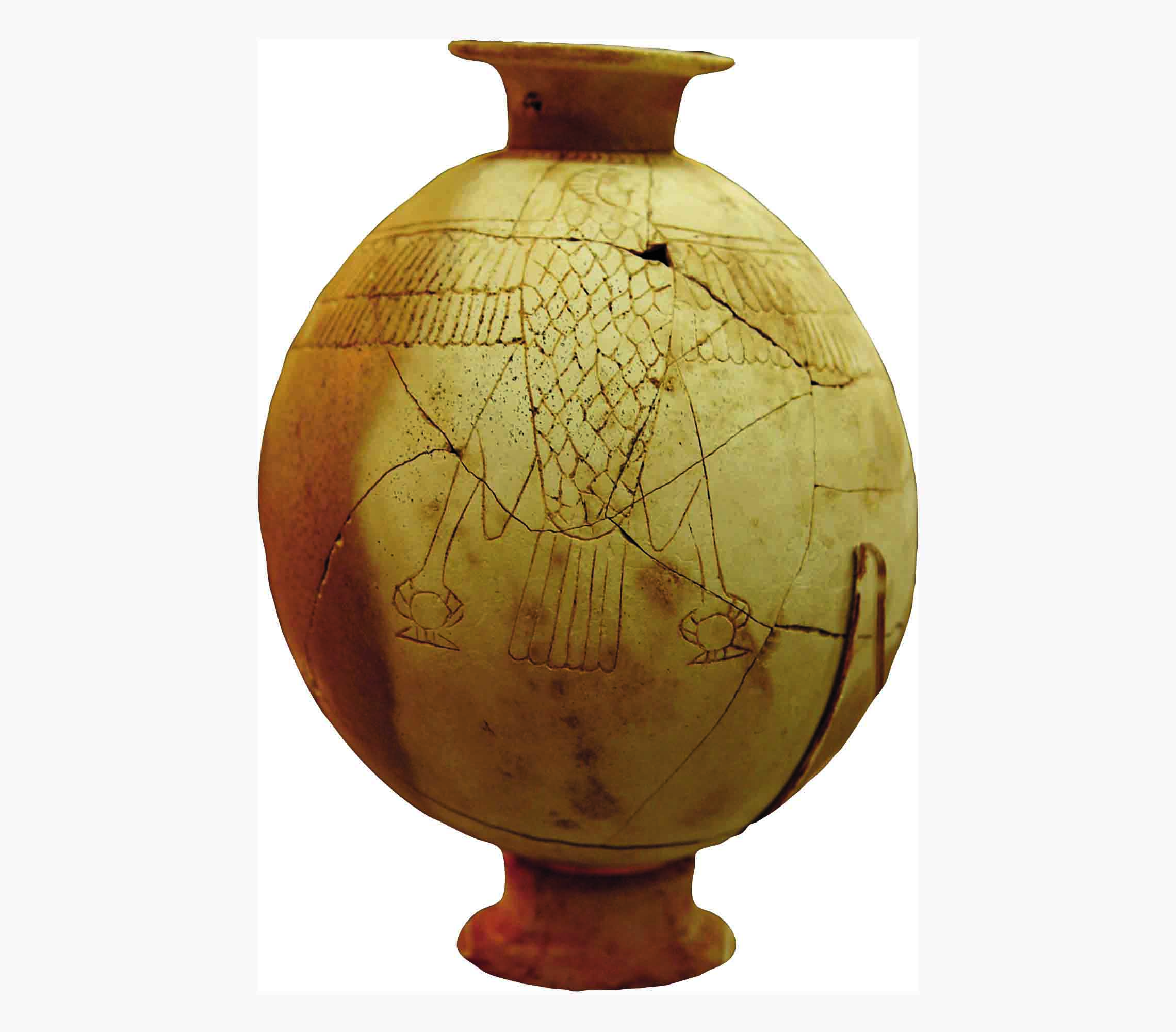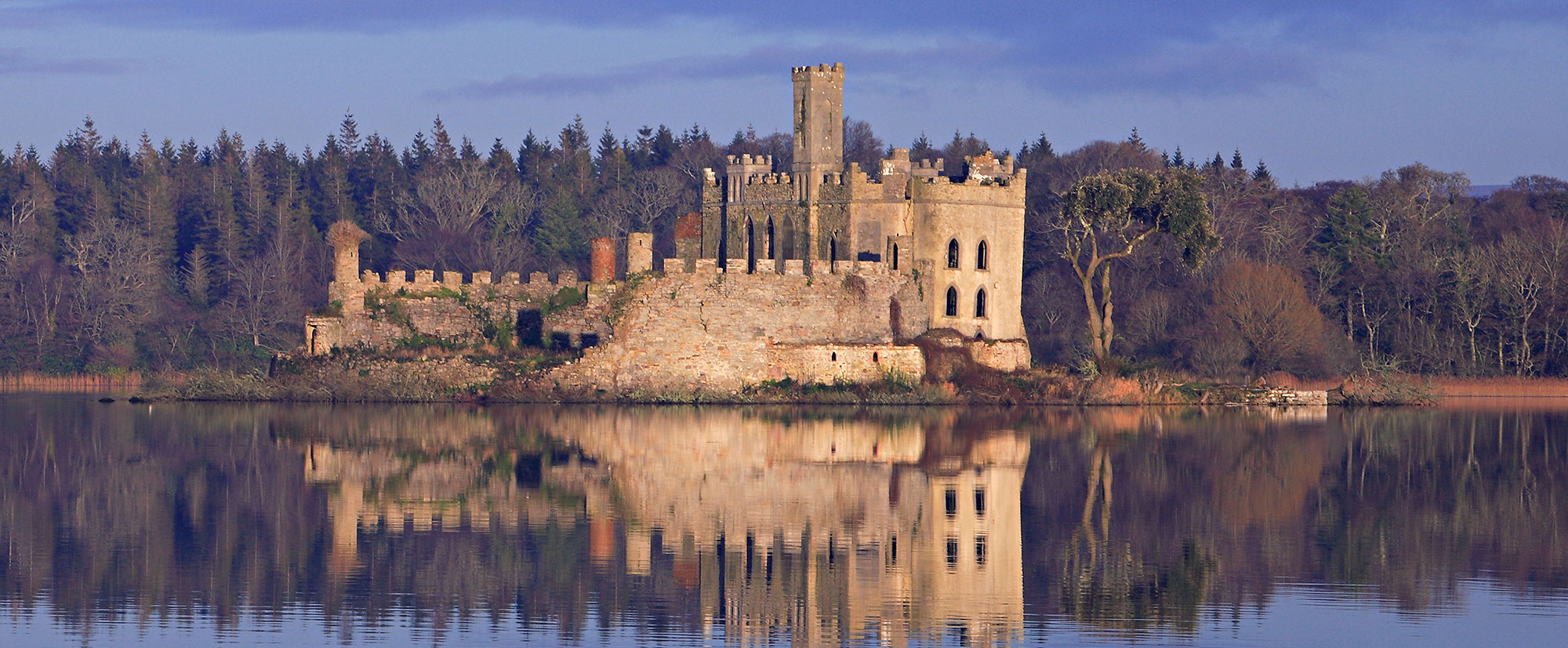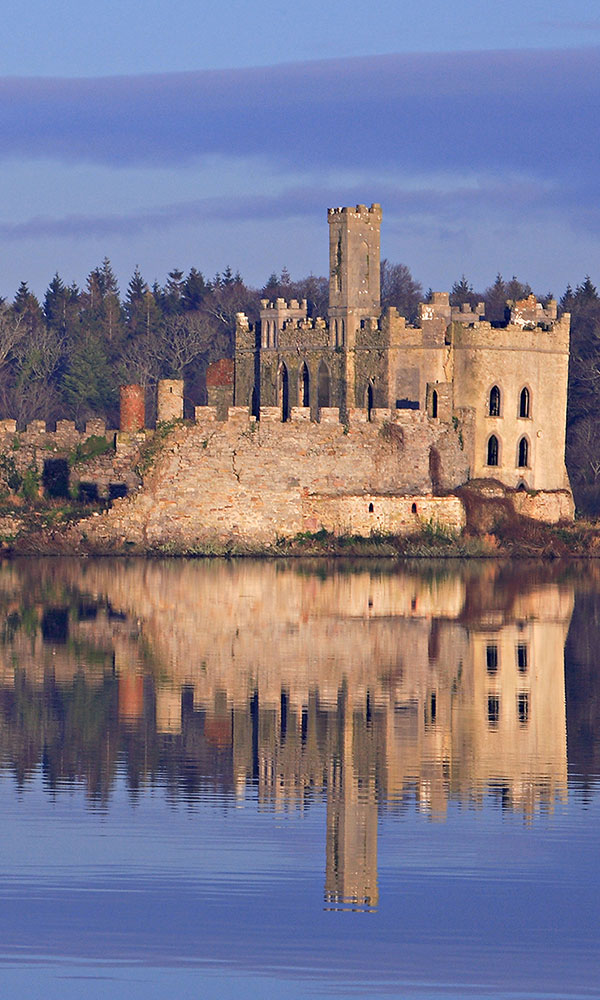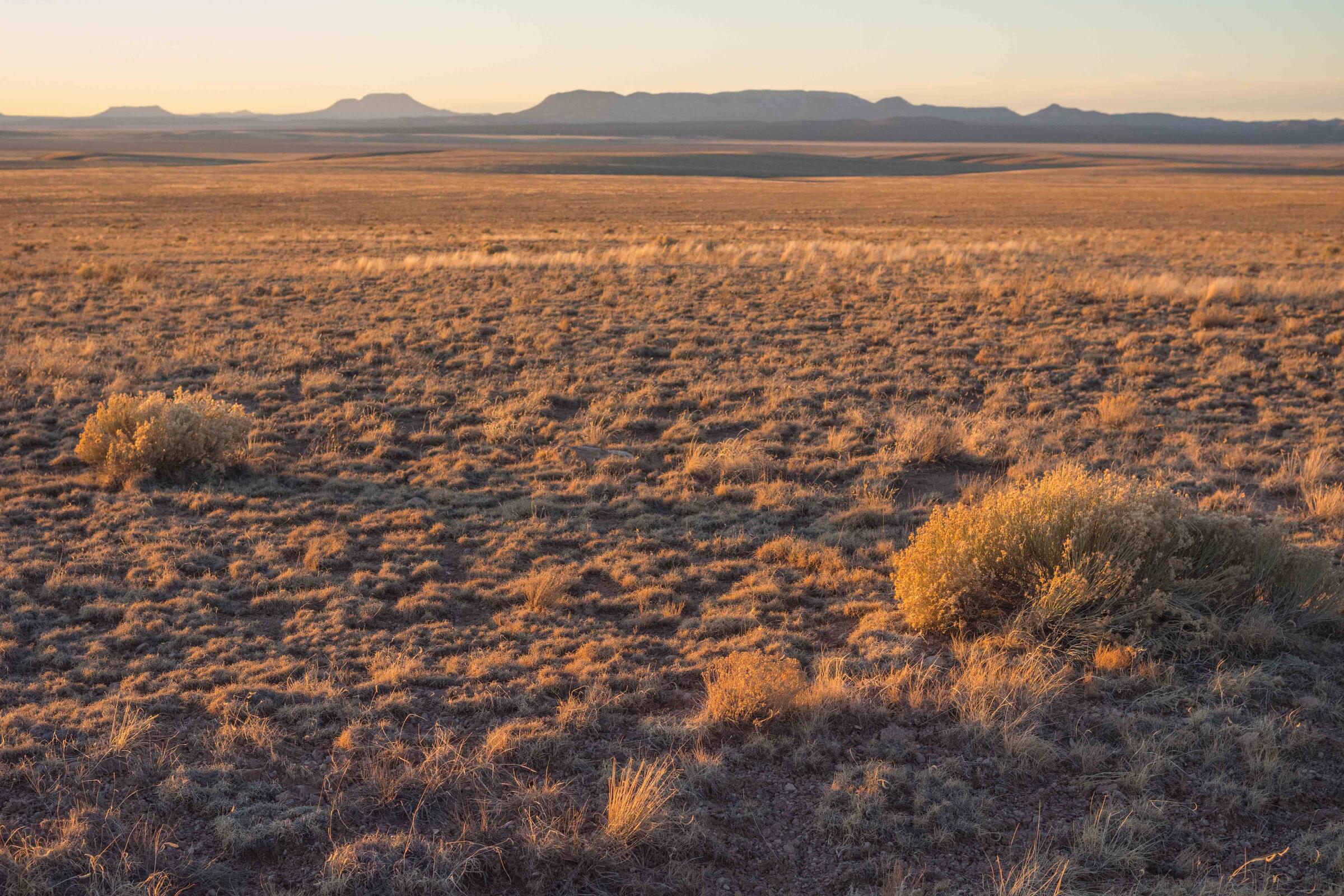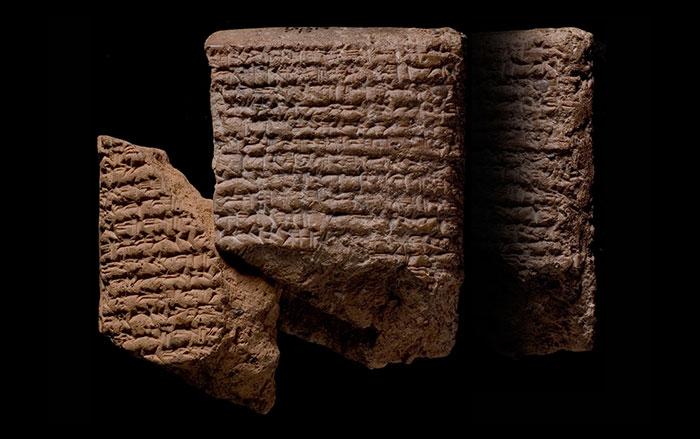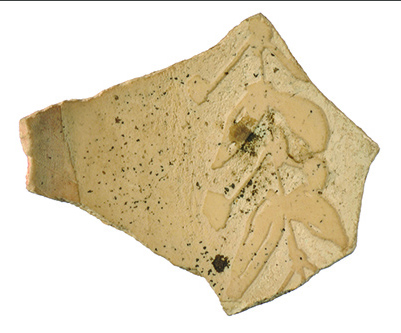
BRISTOL, ENGLAND—BBC News reports that a team of researchers led by Tamar Hodos of the University of Bristol used scanning electron microscopy to analyze the chemical makeup of 5,000-year-old decorated ostrich eggs discovered in burials in Italy and held at the British Museum. The researchers then compared the levels of elements in the ancient eggshells, which were decorated with carvings, paint, ivory, precious metals, and small glazed stones, with modern ostrich eggshells from Egypt, Israel, Jordan, and Turkey. As a result, Hodos and her colleagues were able to determine which ancient eggs were laid in a cooler and wetter climate, or a hotter and drier one. Hodos said eggshells from both types of climate areas were found at sites in each zone, indicating that they had been carried along extensive trade routes. She also thinks that the eggs had been taken from dangerous wild birds, and were then stored until they were dry enough to decorate, adding to their overall value. The researchers were not able to recreate the elaborate decorations on the eggs, however. For more on ostrich eggs as Mesopotamian trade goods, go to "Traders from Ur?"


